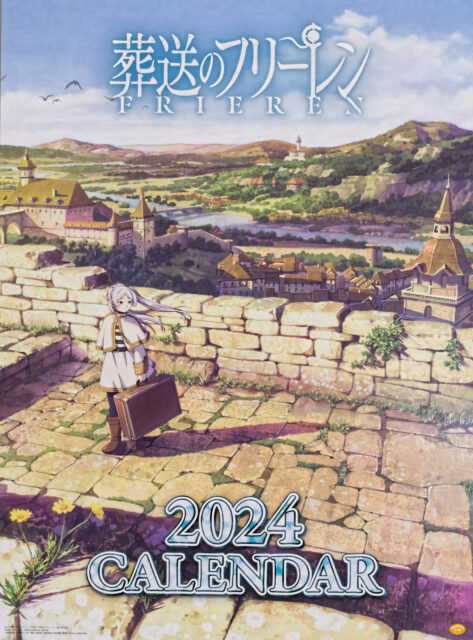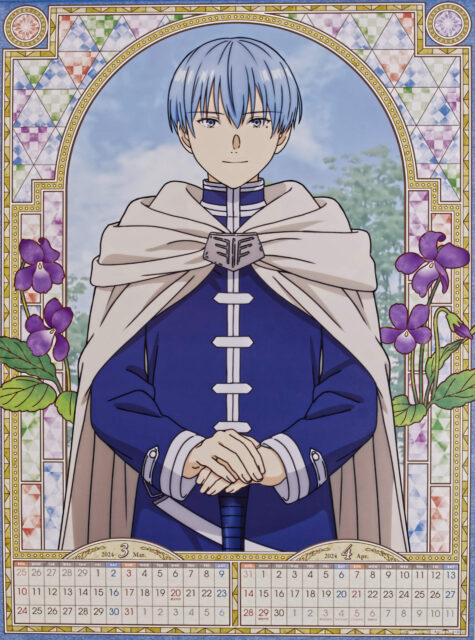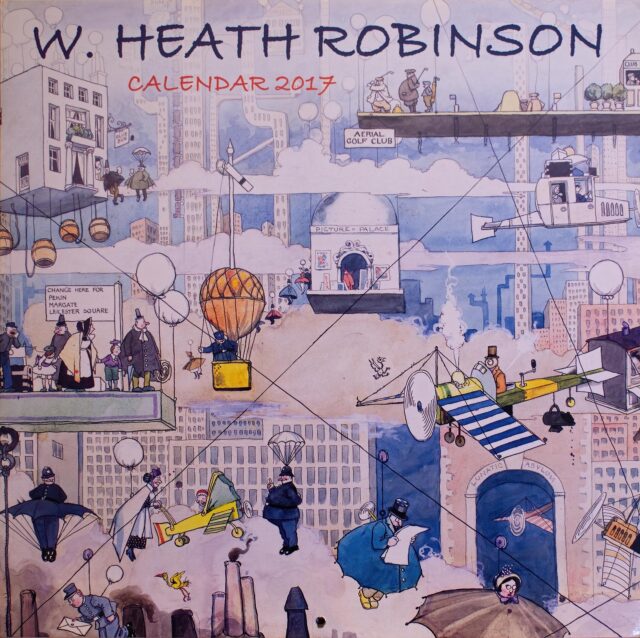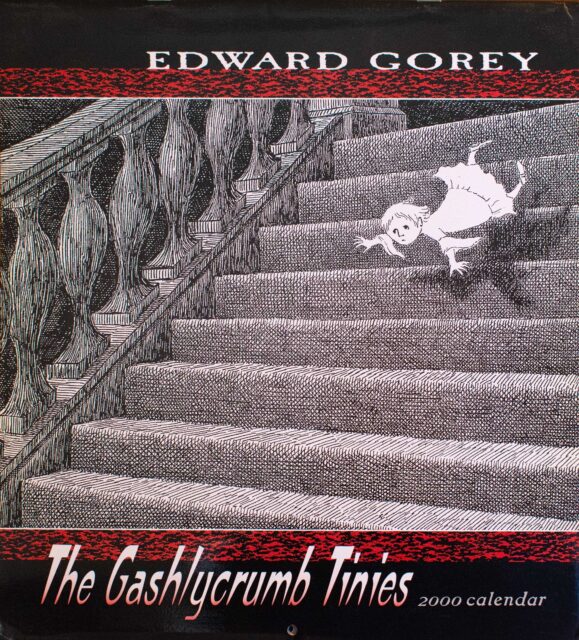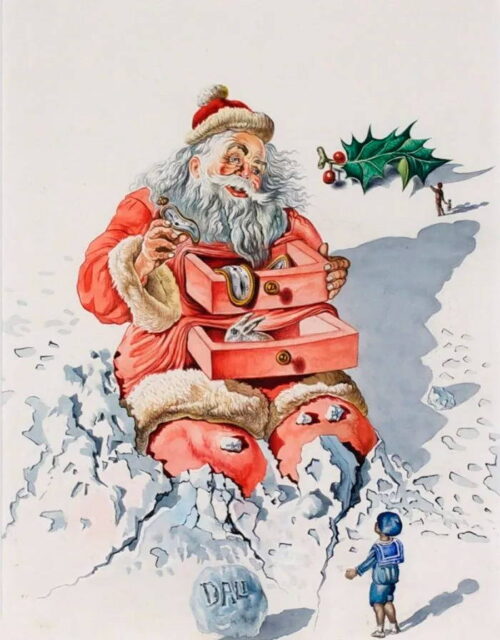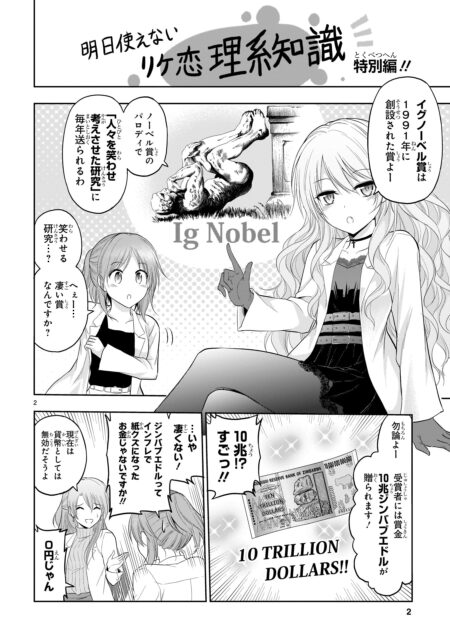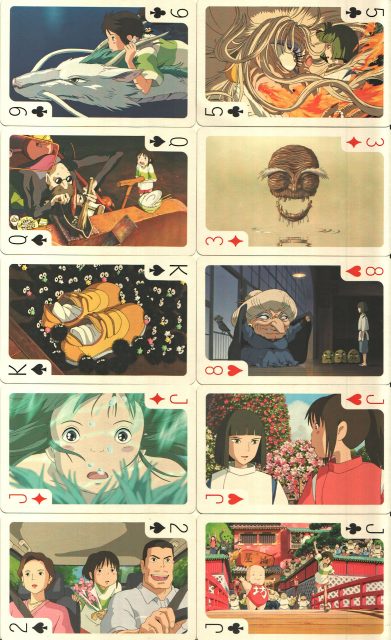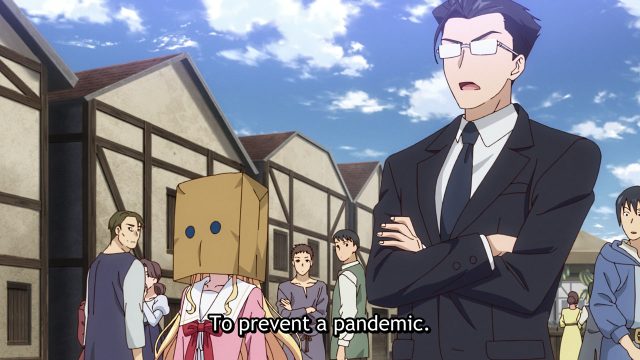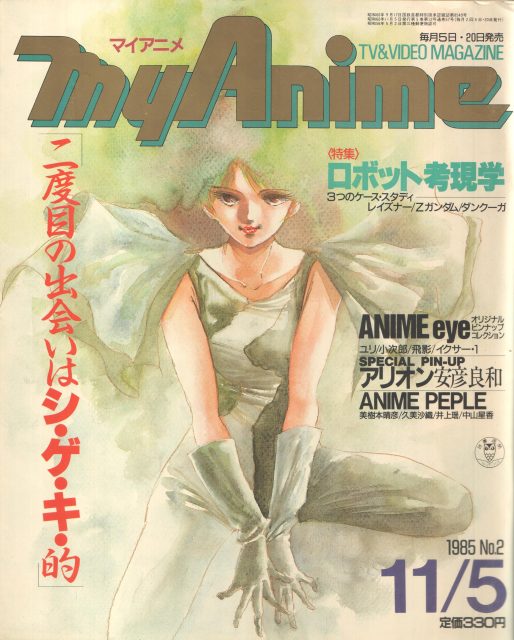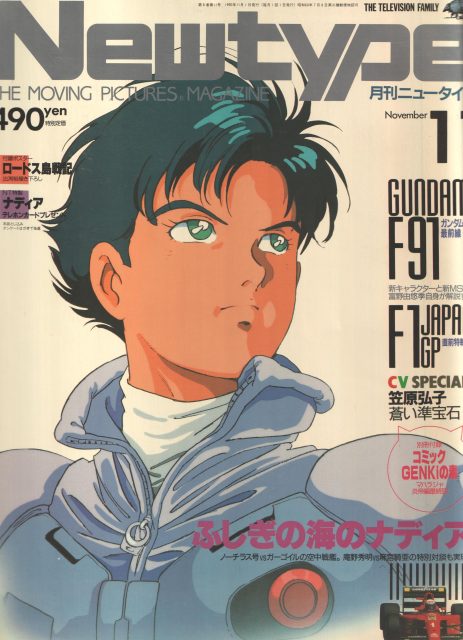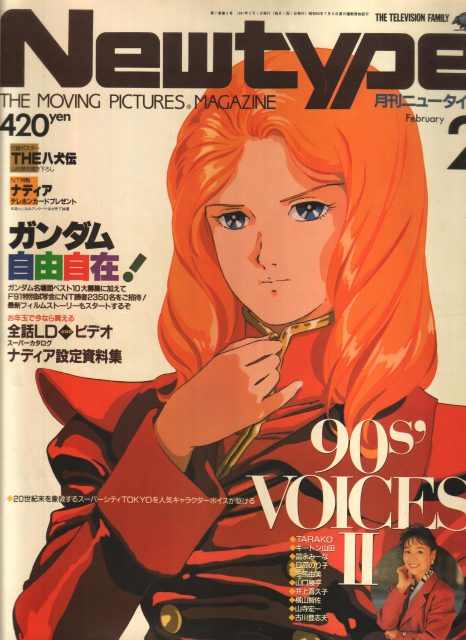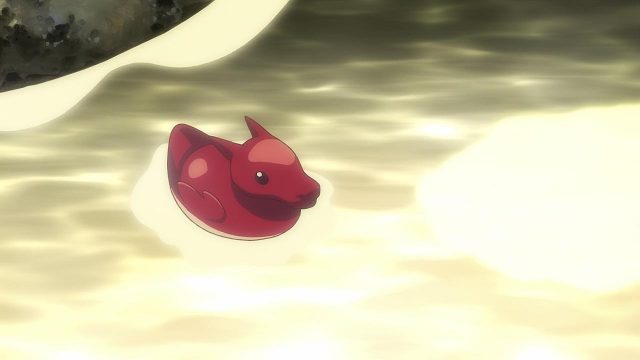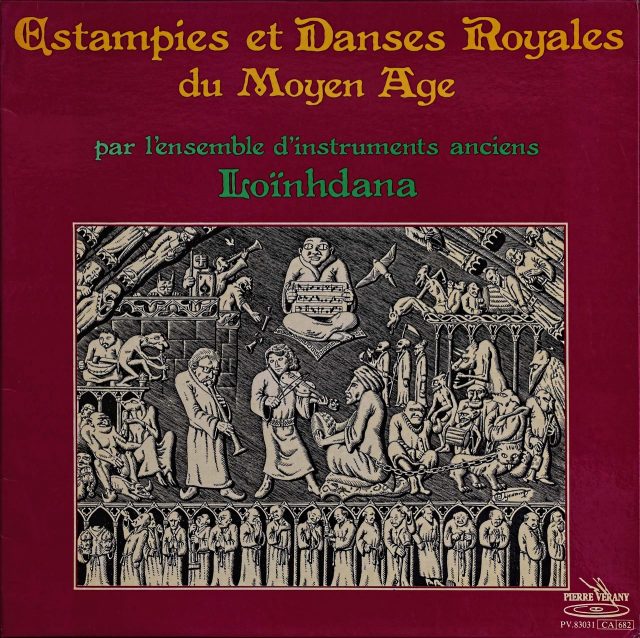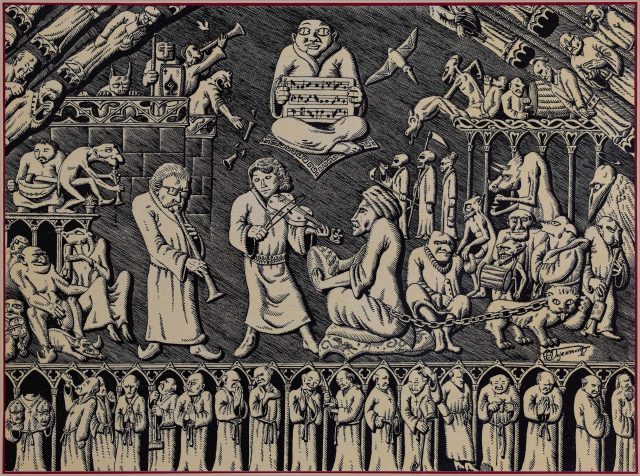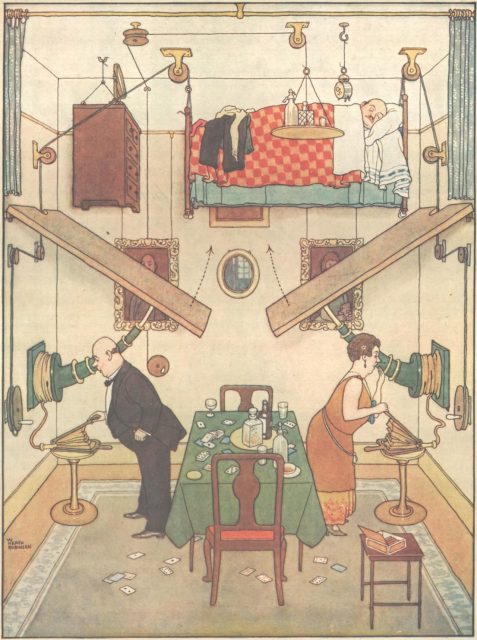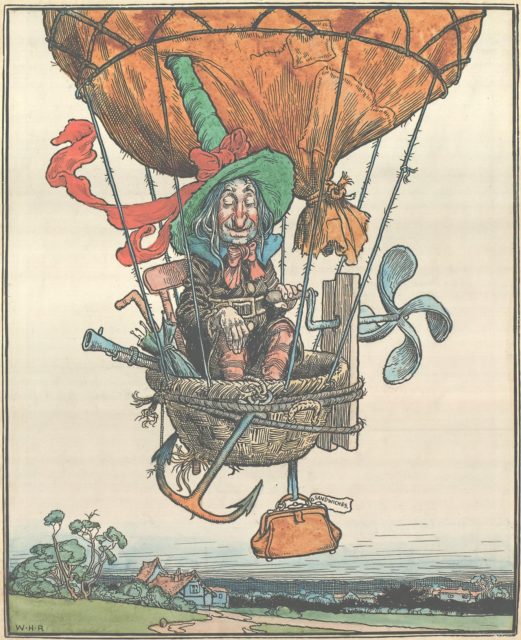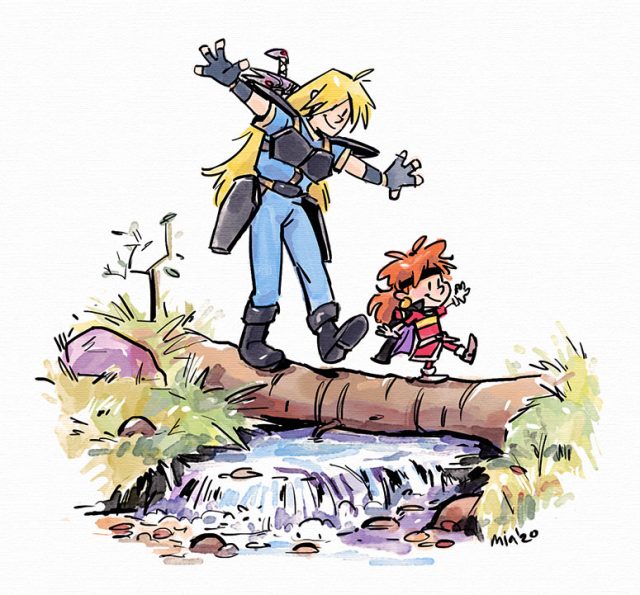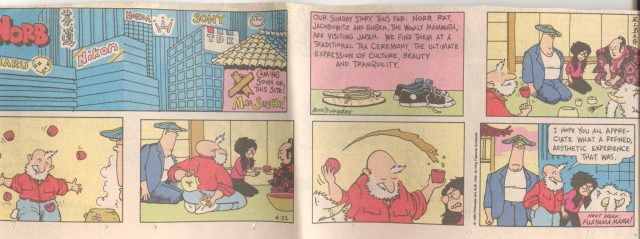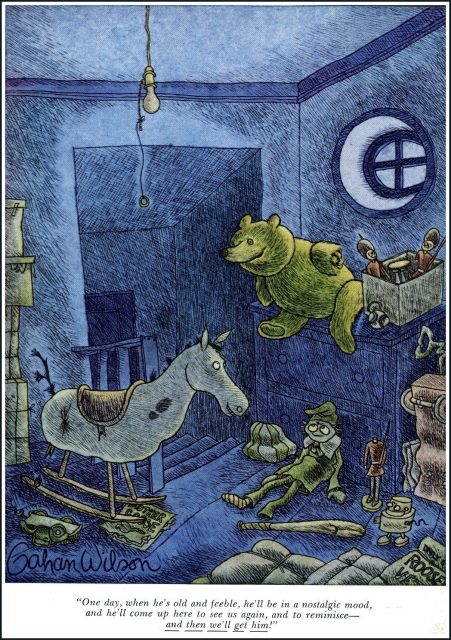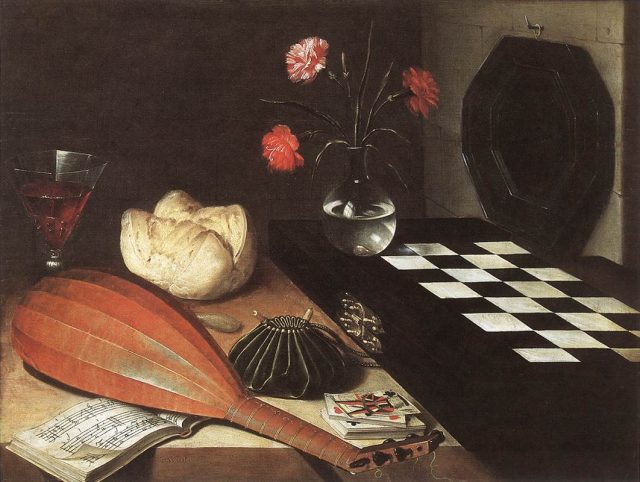Crunchyroll has changed its policy on watching shows for free. Hitherto, those without accounts could see episodes of current shows after a week’s embargo, albeit with six minutes of dumb, loud commercials inserted at awkward moments. Since there are too few good new shows to justify spending $95.88 plus tax for a year’s membership — in all of 2021, I found only two worth watching all the way through — that was acceptable. However, Crunchyroll recently changed its policy. From the spring season on, people without paid memberships can watch only the first three episodes of any new show some new shows. The hell with it.
Since I no longer download fansubs, this means I won’t keep up with what’s current. Yeah, there are plenty of older series on Crunchyroll and elsewhere I can still view (with commercials), but while the online collections may be more extensive than mine, they’re mostly junk. My own library is better. I will keep an eye out for further work by Masaaki Yuasa, Hiroyuki Imaishi and Kazuki Nakashima, Kenji Nakamura and a few others, and purchase hard copies when they are available for reasonable prices, but at this point I’m pretty much done with Japanese animation.

My streaming history does end on a fairly high note. Miss Kuroitsu from the Monster Development Department is the funniest show since at least Endro. There are screencaps below the fold to suggest why I found this study of tokusatsu and corporate cultures from the point of view of the bad guys so entertaining, despite its limited animation budget.
(I can’t quite give the show an unreserved recommendation. One of the characters is a wolf boy who is stuck in a girl’s body because of executive meddling. The writers spend too much time finding ways to make him blush.)
***
I also watched the rest of Life with an Ordinary Guy Who Reincarnated as a Total Fantasy Knockout. It never quite fell through the thin ice it skated on, and some of it was clever, but despite better animation, it was not in the same class as Kuroitsu. It’s a tolerable waste of time, and that’s it.
Continue reading “The end of anime”

